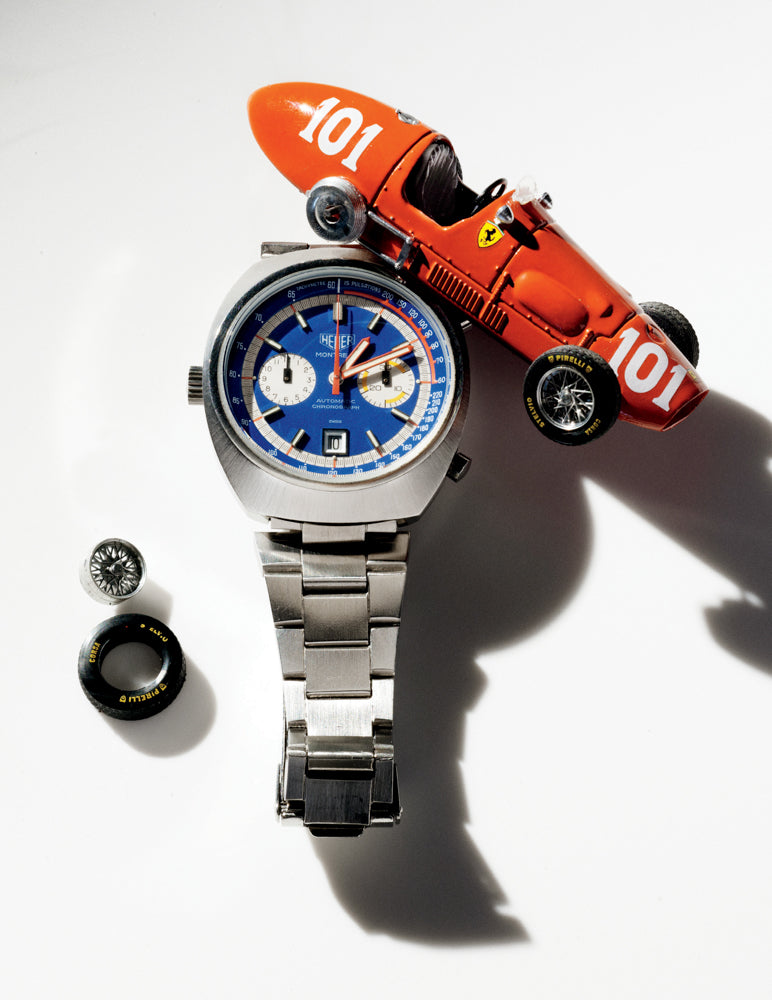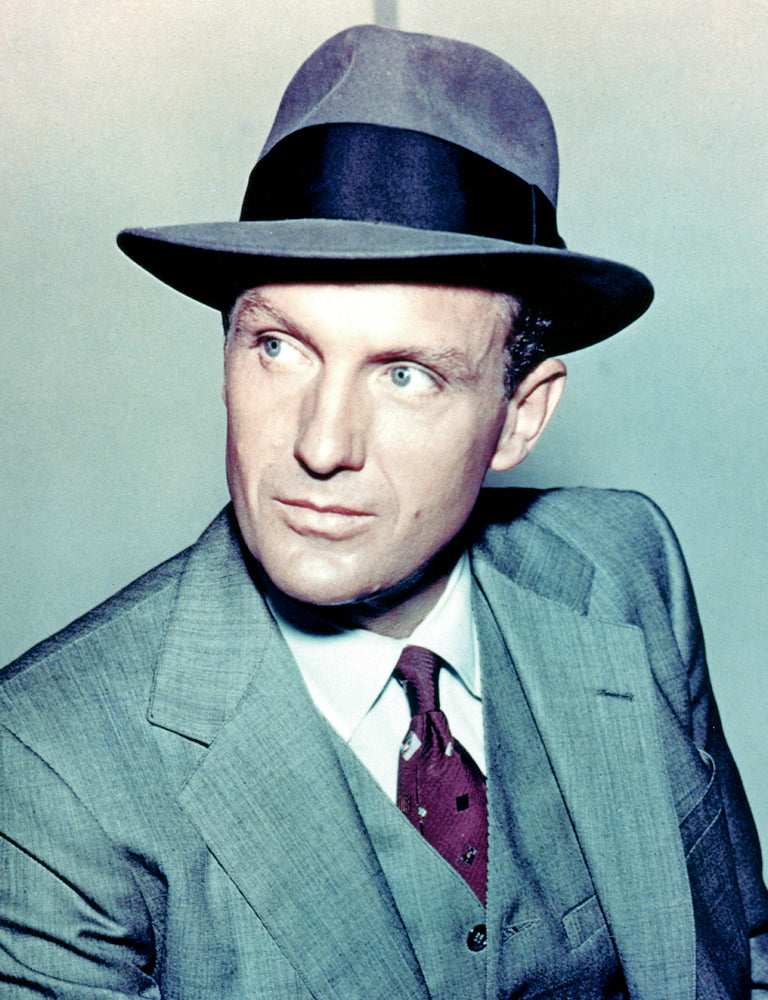
Vintage Chronographs
VINTAGE CHRONOGRAPHS


When Neil Armstrong stepped onto the lunar surface in the summer of 1969, he did so wearing an Omega Speedmaster chronograph. Six months later, Steve McQueen began following professional racing car drivers around Europe in preparation for his role in Le Mans, a low-budget movie about the fabled French 24-hour race; the first thing the actor did was strap a Heuer Monaco chronograph to his wrist. A decade after that, when Paul Newman, McQueen’s longtime friend and fellow movie star-slash-racer, tried his own hand at the world’s greatest automotive endurance test — his team finished in second place — he was wearing a Rolex Cosmograph Daytona.
Most connoisseurs consider the mechanical chronograph — essentially a stopwatch set atop a wristwatch, both driven by the same power source — to be the consummate achievement of the watchmaker’s art, the ultimate timepiece in terms of style, utility, and investment. Aesthetically, the chronograph benefits from its multitiered dial, which provides a satisfying heft not seen in time-only wristwatches.
Heuer’s reign as the de facto choice for professional racers of the 1970s produced a bevy of funky, colorful designs that have become cult classics for watch and race fans alike. McQueen’s Monaco, the Autavias worn by legendary drivers Jo Siffert and Derek Bell, and the Carreras given to the entire 1975 Ferrari team created a close identification between the Swiss watchmaker and the world of motor sports. But it’s a Rolex, Newman’s Daytona with its exotic multicolored dial, that has become the holy grail for vintage chronograph collectors.


Functionally, the chronograph is the most useful of all complications regularly found on mechanical watches. The chronograph was originally devised as a means to calculate distance and speed in navigation, though since the middle of the 20th century it has been primarily used for simple timing purposes. Perhaps the chronograph’s most illustrious day came in April 1970, when a ruptured oxygen tank forced the crew of Apollo 13 to cut power while reentering the Earth’s atmosphere. An Omega Speedmaster Professional was used to time precisely a critical 14-second midcourse correction that allowed for the crew’s safe return. NASA has officially thanked Omega on several occasions for producing a product of such high quality.
Today, the chronograph is seemingly ubiquitous, but it wasn’t always so. Until the mid-1980s, there were only a handful of watch manufacturers capable of producing such sophisticated timepieces, with the result that many chronographs of a similar vintage share the same base movement: If it’s a manually wound chronograph from the 1960s through the late 1970s, there’s a good chance it’s based on a Valjoux 72 movement; if it’s an automatic chronograph that dates from before 1985, it likely has a Caliber 11 Chronomatic movement from Heuer or Breitling.


Yet in spite of the limited selection of base movements available, vintage chronographs regularly sell for many times the price of their time-only brethren. A vintage Rolex Daytona, for example, starts at around $25,000 in steel, and can very easily climb into six figures when sporting an “exotic dial,” like the one worn by Newman. Patek Philippe’s celebrated manually wound chronographs regularly start around $60,000 at auction; when found in rare configurations, they can rise into the hundreds of thousands of dollars and, occasionally, break the $1 million mark.
While vintage chronographs from Heuer and Omega rarely attain the gargantuan prices of those from Rolex and Patek Philippe, they represent tremendous value in terms of mechanics — even if they use the same base movements as their peers — and style. Also, they can frequently be acquired for less than the price of a modern chronograph. In fact, these exuberant late 1960s and 1970s chronographs might be the most undervalued watches in the world today.


